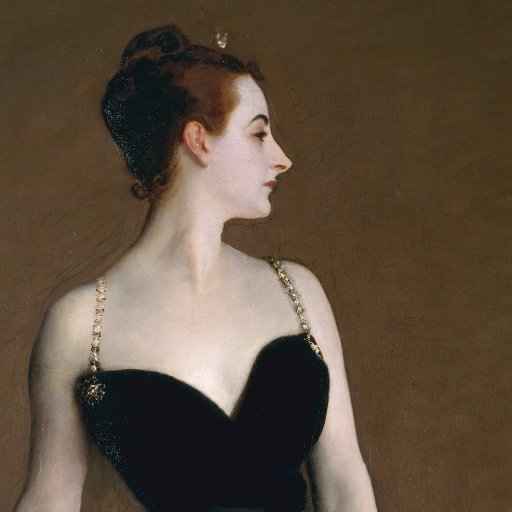
Fashion History Timeline
@FITfashionstory
Followers
16,898
Following
157
Media
1,309
Statuses
1,502
The Fashion History Timeline is an open-access source for #fashionhistory knowledge & hub for #fashionresearch , with essays on artworks, garments and films.
New York, USA
Joined March 2017
Don't wanna be here?
Send us removal request.
Explore trending content on Musk Viewer
America
• 1075191 Tweets
Happy 4th
• 875103 Tweets
Labour
• 610827 Tweets
Independence Day
• 523748 Tweets
Reform
• 488385 Tweets
Tories
• 290903 Tweets
#loveIsland
• 217427 Tweets
Tory
• 203913 Tweets
Keir Starmer
• 130811 Tweets
#GeneralElection2024
• 119826 Tweets
Mimi
• 109754 Tweets
Sean
• 103380 Tweets
Mario Delgado
• 74126 Tweets
Maya
• 61849 Tweets
Corbyn
• 54858 Tweets
#TemptationIsland
• 40370 Tweets
Sky News
• 32759 Tweets
Raul
• 32740 Tweets
Andy Murray
• 31305 Tweets
Channel 4
• 26233 Tweets
Luca
• 25227 Tweets
Lib Dems
• 23625 Tweets
Reino Unido
• 20009 Tweets
Matilda
• 18184 Tweets
THE ARCHER
• 15275 Tweets
#ExitPoll
• 12984 Tweets
Joey Chestnut
• 10571 Tweets
GUILTY AS SIN
• 10144 Tweets
Last Seen Profiles
Pinned Tweet
Flugel's "Great Masculine Renunciation" is explicitly white supremacist. White European men don't indulge in color and trim unlike women and the "lesser races" in the colonies. It's also BS; menswear just became about details and military garb/home wear remained flamboyant. (1/6)
7
63
336
In the mid-1810s the carrick coat, a cape-like duster that featured three to five feathered layers of capelets that covered the shoulders, was introduced and became widely popular as a “bad weather” coat. Read more!
#fashionhistory
2
56
312
This luxurious Dior silk satin gown embodies the elegance of Dior’s 1948 collection and fashionably exhibits the New Look silhouette of the time. Read more about Dior’s ensemble at the link below!
#fashionhistory
#20thcenturyfashion
#dior
1
35
241
We’re pleased to announce the opening of the Museum of Historical Costume today, and to bring you the details of their first exhibition–“Fashion Repeats Itself. The revival styles in 19th-century ladies fashion.” Read to find out more!
#fashionhistory
0
53
240
Twenties fashion is often remembered for its glitz and glamour, though underlying this was a move toward simplicity in dress. For women, this meant shorter skirts and simple shapes, while men enjoyed casual suits. Read more!
#20sfashion
2
47
234
American painter John White Alexander replicated this same evening gown in paintings including Study in Black and Green over a six-year period as it slowly progressed from fashionable to outdated. Read more!
#fashionhistory
#digitalhumanities
0
40
231
Lurex is a synthetic fiber made of aluminum-coated plastic which produces a metallic sheen that is also tarnish-proof. It was invented in 1946 and outpaced satin as an eye-catching fabric for stage costumes and accessories. Read more!
#fashionhistory
3
59
219












































































































































































































































